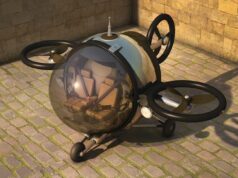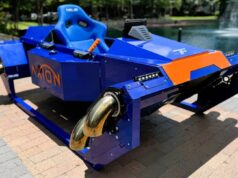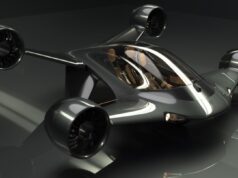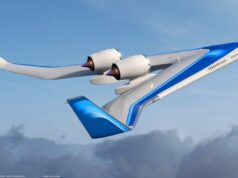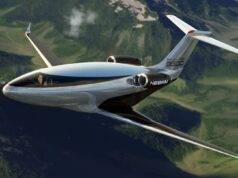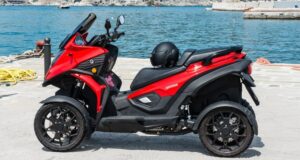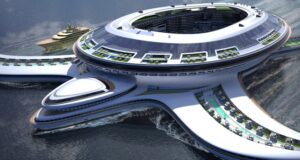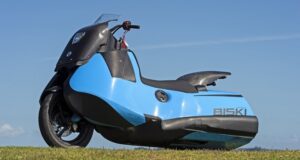The “eQO Limo” is an eVTOL vehicle that has been designed to be part of the next generation of green urban transportation, based on electric engines and sustainable energy. Capable to transport up to 8 passangers and 1 crew member (pilot), covering distances of 600km/372,8mi with a maximum speed of 470kph/292mph and a cruise speed of 400kph/248,5mph.
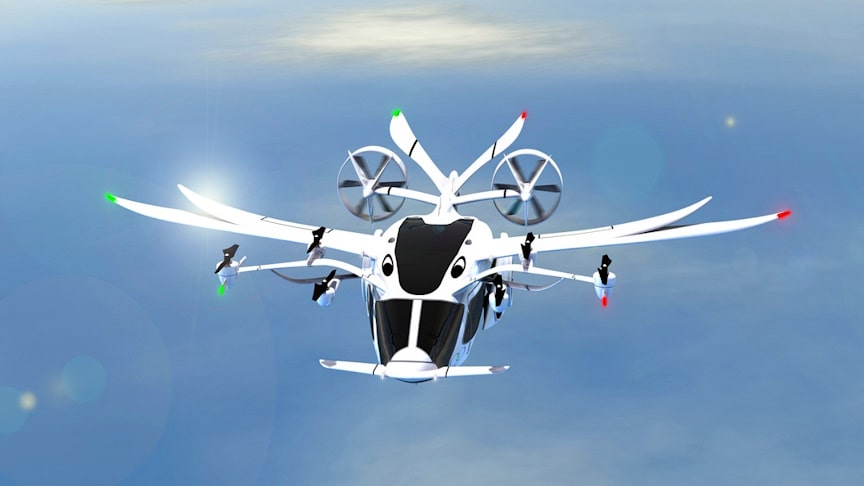
source-image: Oscar Viñals
Equipped with 6 electric rotors on front part, 4 electric axial flux motors on the middle part and 2 big electric engines on the rear part. All of them combined, could have the capavility of take-off and landing in vertical mode VTOL and short mode STOL, also, a hover mode (float over) and fly like a airplane.
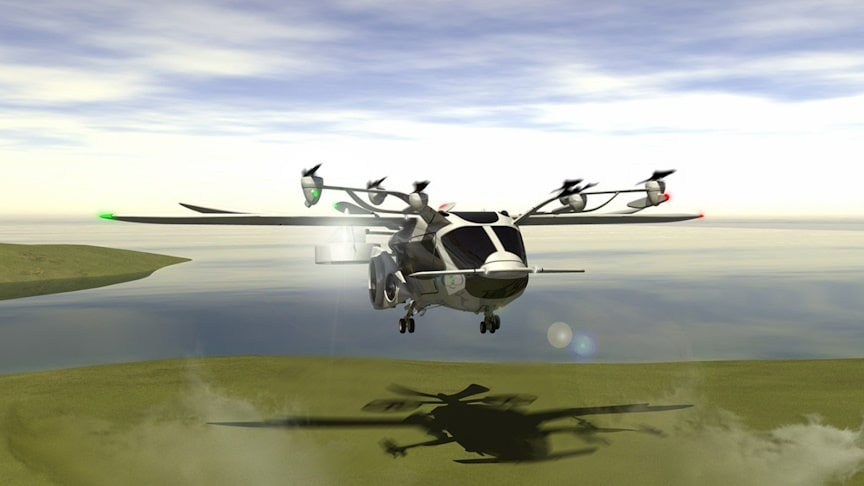
source-image: Oscar Viñals
Capable to generate part of its requiered energy by itself, thanks to be eqquiped by 2 aerogenerators located on the top of the “eQO Limo” and to have a roof, made of variable translucedy glass with quantum dots (QDSC) to obtain solar energy. These components could produce enough power to lengthen the operational flight distance or flight time.
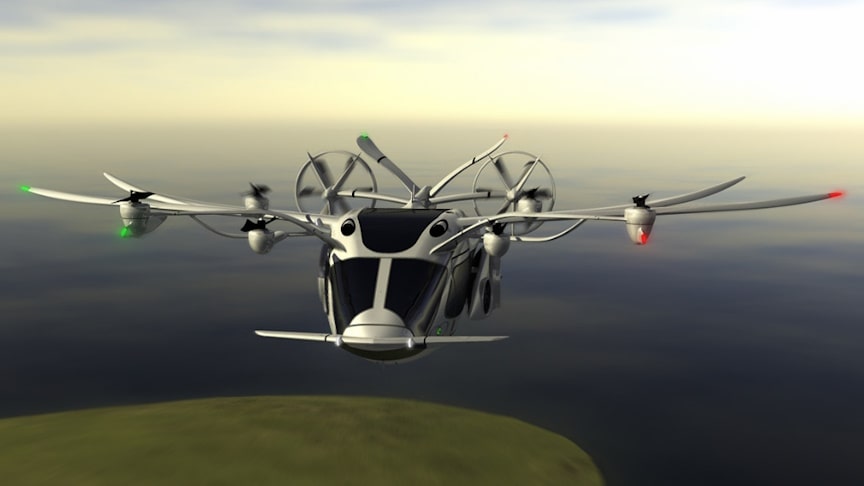
source-image: Oscar Viñals
The “eQO Limo” could fly as an helicopter or as an airplane, but the service time of flight as an helicopter could reduce the operative time and the distance to cover. On the front part of this aircraf would be located 2 canards, in order to stabilize the flight in airplane mode.
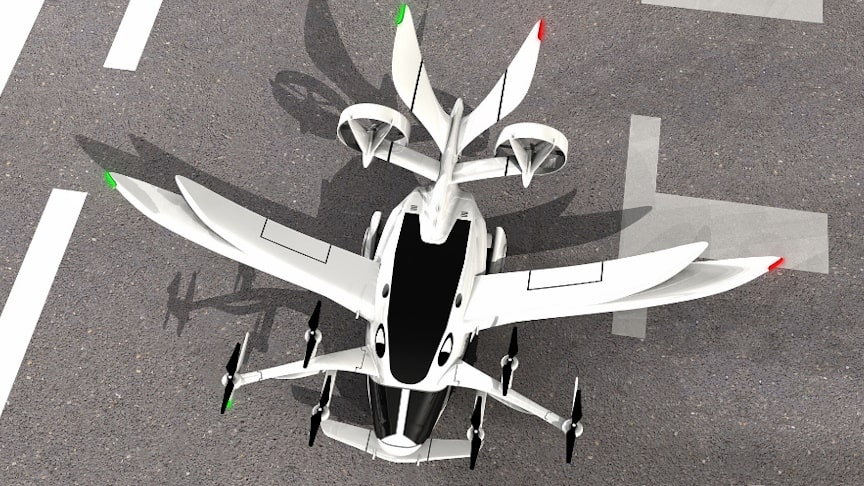
source-image: Oscar Viñals
Another interesting aspect of this aircraft would be the possibility to fold some of its parts to reduce its size in order to be storaged inside a small hangar in a yacht or to be transported for example in an airplane.
Advertisement
With the appropriate equipment, the “eQO Limo” would be a multipurpose aircraft. It could morph into a rescue aircraft, police aircraft, ambulance aircraft, etc.
One of the most remarcable aspects of this eVTOL could be the use of electric axial flux motors that could produce high torque/weight, located on both sides of the aircraft, and also, thanks to air pressure chambers and a duct system that could redirect exhaust air flow, could generate a powered propulsion to move the aircraft forward and assist it in the takeoff and landing maneuvers.

